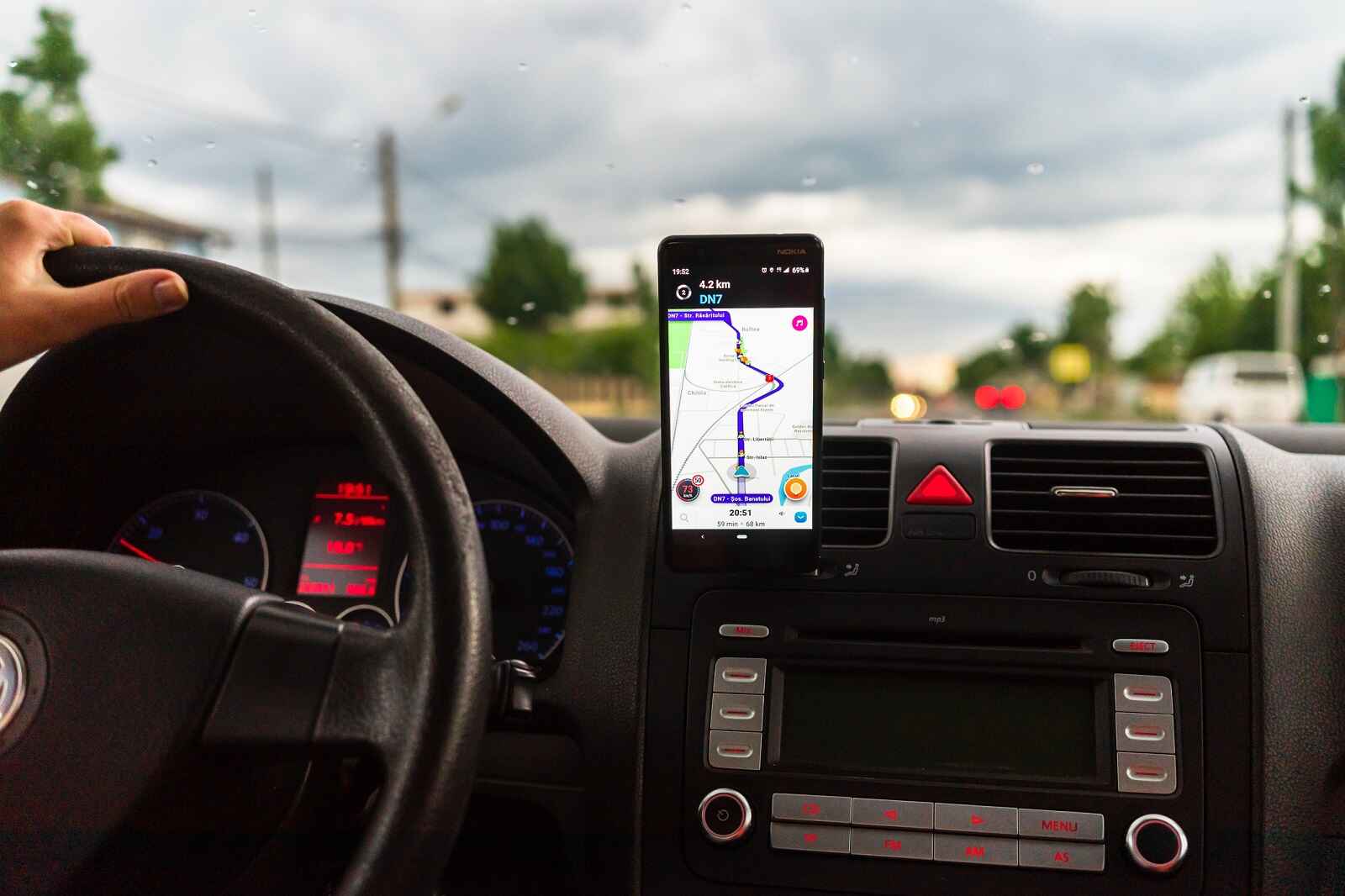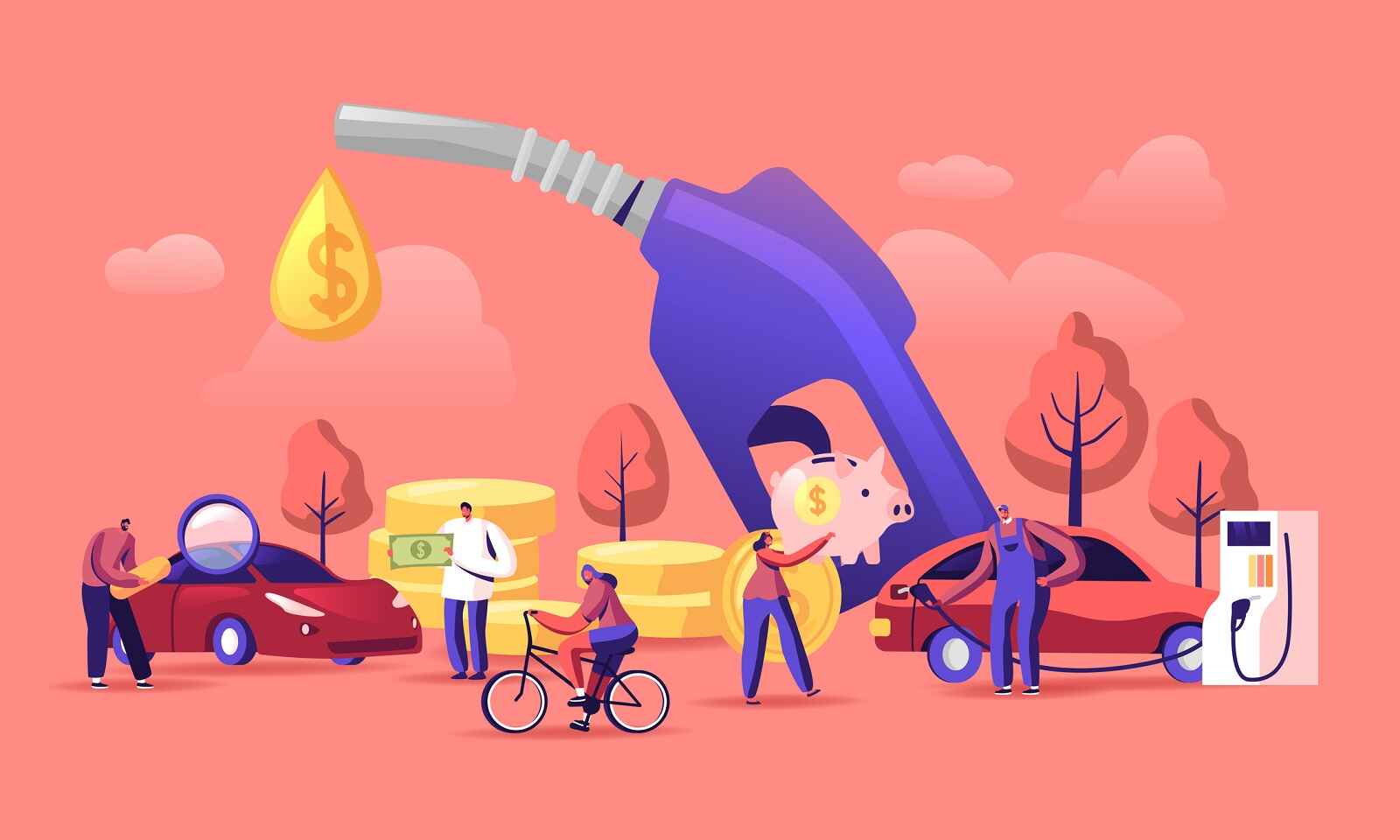Enthusiasts shows support for a buddy flagged by authorities.
A few days ago, a clip of a local car club driving together on the freeway broke loose. In the vid, a state trooper is seen turning their lights on toward the front of the pack. The officer picks out a Chevrolet Camaro.
Clearly, the filmer is stunned and upset by the trooper’s actions. What happens next, though, likely stunned the officer.
The entire group, mainly Dodge enthusiasts, heads to the shoulder with their buddy. From the looks of it, more than a dozen members of the car club were present. Initially, the filmer is completely disappointed and worried for the friend. Then, after realizing the team is sticking together, he offers excited words of support for the “fallen” driver.

The group moves to pull off to the side of an exit ramp. The team is so large that they have trouble preventing a log jam.
Humorously, a black Honda Accord is filed into the pack. It’s a bit of an outlier, no?
As expected, social commentary is mixed. Many are emotional over the supportive act. Others criticize the move as a possible threat to the officer. Some point out how the decision stopped the flow of traffic.
Undeniably, though, this is proof that the car club wasn’t going to continue their drive without the whole roster. As one commenter posted, “You leave here together, you come back together.”



